A hydraulic press is a compression molding press that operates by exerting hydraulic pressure, or fluid pressure, via a cylinder on the object being pressed for a specific purpose. Manufacturers use hydraulic presses to stamp metal material into a wide range of finished products and parts. They can also use them to perform other forming processes, including: blanking, clinching, deep drawing, forging, molding, punching and shearing. Read More…
The hydraulic press industry is competitive, but in a sea of competitors, we are among the best! We offer ISO 9000:2000 certification, and we work with customers to create the ideal designs for their unique circumstances.
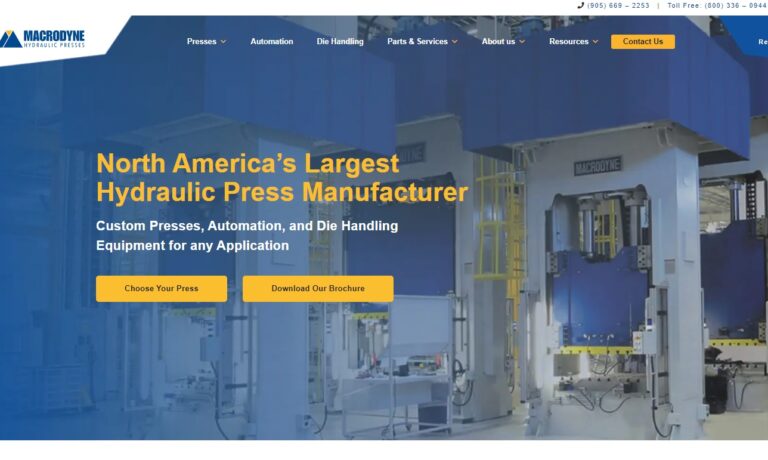
When it comes to the hydraulic press industry, you want nothing but the very best! We have over 50 years of experience in the industry manufacturing quality products for our customers.
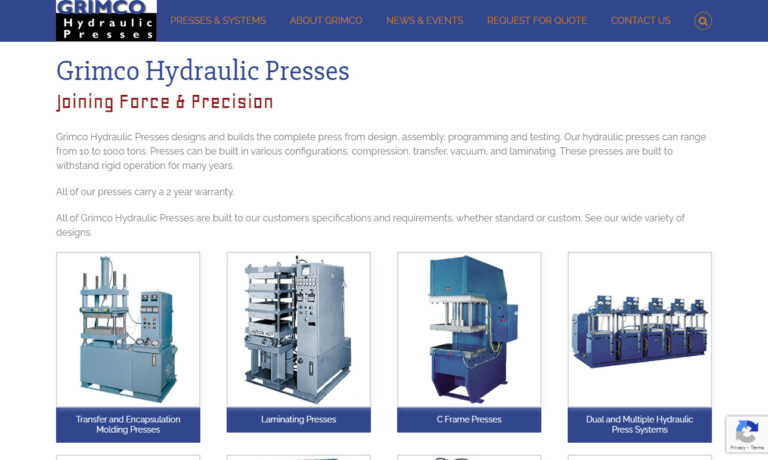
Our hydraulic press designs are one-of-a-kind. We work with our customers to determine the best hydraulic presses for their applications. Here at Savage Engineering & Sales, Inc. we take customer satisfaction very seriously.
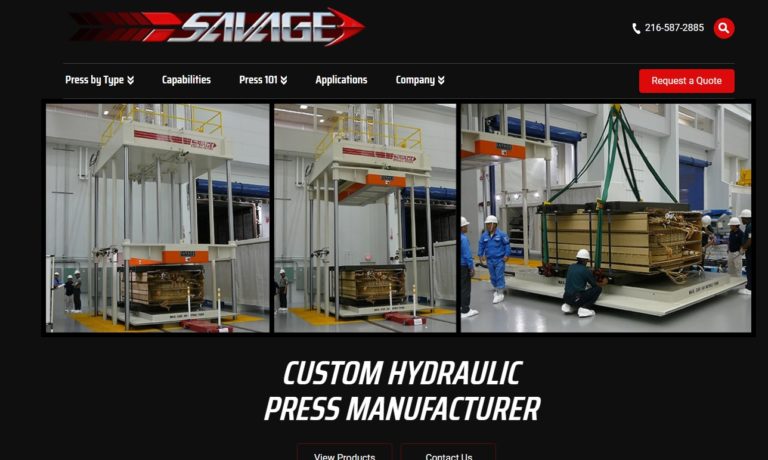
At SIMPAC America Co. Ltd., we are at the forefront of precision engineering and innovative solutions in the field of mechanical presses, servo presses, and hydraulic presses. With a commitment to excellence and a rich legacy spanning several decades, we have established ourselves as a trusted name in the manufacturing industry. SIMPAC America offers a comprehensive range of mechanical presses...
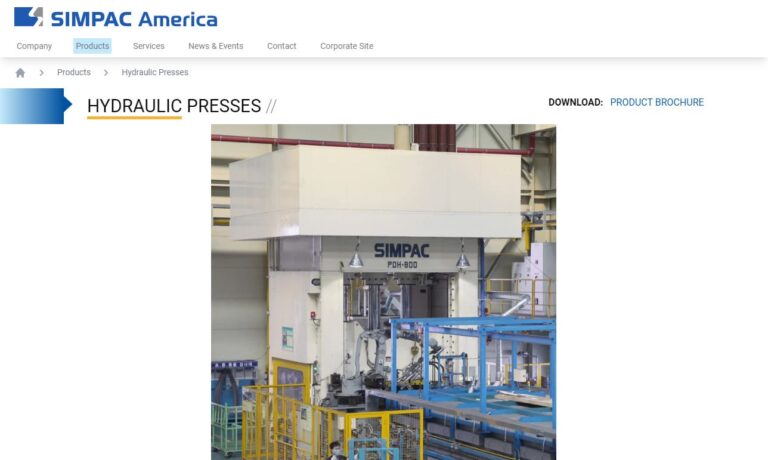
Air-Hydraulics is a manufacturer of air presses and a variety of hydraulic presses, including pneumatic air presses, power presses, hydraulic press stamping and assembly presses. We are ISO 9001:2000 certified and have been designing press machinery for metal forming and stamping since 1945.
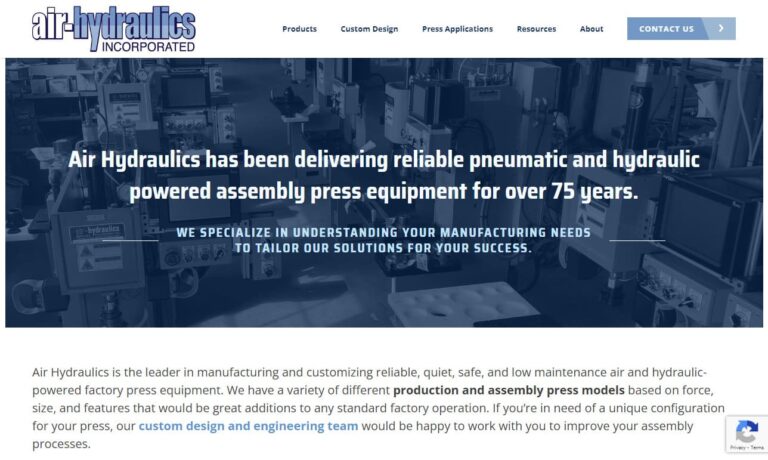
More Hydraulic Press Manufacturers
The hydraulic press finds itself indispensable across a variety of industries. Its ubiquitous presence is evident in crafting automotive parts, microwave components, refrigerator parts, dishwasher components, and beverage cans. Beyond these everyday applications, hydraulic presses play pivotal roles in aerospace engineering, appliance manufacturing, automotive production, ceramics, food and beverage processing, marine fabrication, military defense, and pulp and paper industries. In sectors where precision pressing and deep drawing operations are paramount, the hydraulic press stands as a cornerstone technology.
History of the Hydraulic Press
In 1795, Joseph Bramah introduced the hydraulic press, often referred to as the Bramah press. Prior to this breakthrough, Bramah’s inventive journey included creating the flush toilet and delving into fluid mechanics. His exploration led him to Pascal’s law, also known as Pascal’s principle, which governs fluid dynamics by stating that pressure changes in a non-compressible fluid in a confined space will transmit uniformly throughout.
Experimenting with this principle, Bramah devised a device comprising two interconnected cylinders—one large, one small—filled with liquid. Applying pressure to the smaller cylinder demonstrated that the force would propagate to the larger cylinder’s liquid. Collaborating with a colleague, they refined the concept with matching pistons sealed with leather and self-tightening collars. This laid the groundwork for the hydraulic press, harnessing liquid pressure as a potent force.
The hydraulic press revolutionized industries previously constrained by limited engineering capabilities. Throughout the 19th and 20th centuries, it catalyzed advancements in agriculture, transportation, and beyond. Today, hydraulic presses continue to evolve, integrating with CNC technology while retaining the fundamental principles and versatile applications that have defined their enduring utility.
How a Hydraulic Press Works
A hydraulic press is a mechanical marvel designed to shape, mold, and align metals, plastics, rubber, and wood using the unyielding force of liquid under pressure, as dictated by Pascal’s principle. Essential components of a hydraulic press include the mainframe, power system, and controls.
Here’s how it works: hydraulic fluid is pushed by either a hydraulic pump or a lever into a small double-acting cylinder. Inside, a sliding piston attempts to compress the fluid but instead pushes it through into a larger cylinder, where the cycle repeats. With each cycle, the fluid shuttles back and forth, steadily building up pressure. When this pressure reaches a critical point, it travels through to the anvil, baseplate, or die, exerting immense force on the material below. This force deforms the material into the desired shape. To prevent overloading, a valve triggers pressure reversal when the press reaches its threshold, ensuring controlled operation.
Hydraulic Press Types
Hydraulic presses come in various types, each tailored to specific applications:
C-Frame Press
This type is ideal for tasks like metal forming, straightening, blanking, punching, drawing, and riveting. Its narrow, ‘C’-shaped frame minimizes floor space, making it perfect for small to mid-sized facilities. C-frame presses can be operated manually or automatically, offering speed, rigidity, precise guiding, and versatility in tasks like assembling, press fitting, and bending operations.
H-Frame Press
Designed for coining, crimping, bending, punching, and trimming, the H-frame press features a welded frame that supports diverse operations. Its ‘H’-shaped structure includes columns, a press cylinder, pump, and bolster, serving repair shops, maintenance facilities, and production lines. It offers flexibility with options like hand pumps for low-volume applications or reliable air and electric pumps, with the force capacity determined by the cylinder size.
Laminating Press
A laminating press enables the application of film onto various materials or the creation of protective layers for electronic components. These presses are operated manually, utilizing compression between two plates—one for heating and the other for cooling.
Stamping Press
Similar to laminating presses, stamping presses are specialized machines used in shaping or cutting materials through die deformation. Commonly found in automotive and metalworking industries, stamping presses, or stamp presses, are pivotal for manufacturing precision parts.
Transfer Press
A transfer press molds and shapes materials such as plastic, rubber, and metal. This machine automates the feeding of flat plastic into one end, where it progresses from die to die guided by feed bar fingers.
Vacuum Press
A vacuum press, a specialized device designed for sealing materials and products using atmospheric pressure, stands out for its ability to apply film to various materials and encase items like ID and credit cards in protective plastic layers.
Platen Press
In essence, a platen press features a robust ram and a stable, unyielding work surface.
Forging Press
Forging presses, known as forge presses, are specialized machines used for shaping metal, especially for crafting vehicle components. Whether using an open or closed mold, these presses apply pressure, force, and sometimes heat to mold metal blocks into specific shapes. This method allows the metal to stretch beyond its yield point safely, avoiding fractures or breaks.
Hydraulic Press Brake
A hydraulic press brake typically consists of two C-frames on the sides, a movable beam on top, and a tool mounted on a table below. Unlike non-hydraulic counterparts, this brake utilizes two synchronized hydraulic cylinders on the frames to move the beam. When automated, it is known as a CNC press brake. Manufacturers employ hydraulic press brakes to fold, bend, and perform other cold-working operations on sheet metal.
Shop Press
A shop press, also referred to as a workshop press, demonstrates its versatility by handling tasks like repairing, replacing, and installing small parts such as bearings, u-joints, and bushings. It’s also highly effective for straightening bent components, proving indispensable in automotive repair, especially for small garage setups.
Four-Column Hydraulic Press
Four-column hydraulic presses exert substantial force on workpieces of any size. Depending on production needs, they can feature single or dual cylinders. These presses are equipped with a centralized control system that offers semi-automatic cycling, adjustable pressure, and variable compression speeds. They are utilized for tasks like trimming, die cutting, stamping, and deep drawing in manufacturing processes.
Electric Servo Press
A sustainable alternative, the electric servo press runs on electrical power. Unlike conventional hydraulic and pneumatic presses, it operates quietly and with higher efficiency, cutting energy usage by 75–80%. It excels in precise assembly and riveting tasks.
Gib-Guided Press
Gib-guided presses are preferred for their robust design and exceptional accuracy, surpassing capabilities of H-frame hydraulic and four-post presses. Featuring superior ram guiding and a versatile hydraulic cushion, they excel in demanding operations such as deep drawing, sheet metal forming, bending, blanking, coining, and punching.
Hydraulic Press Equipment Components
A hydraulic press operates through the intricate mechanics of a basic hydraulic system. Central to its design are cylinders, either punches or pistons, interconnected by hydraulic pipes that facilitate fluid movement, alongside a die or anvil.
Powered by pressurized liquid, the pistons exert immense force on the anvil. Activation of the pump initiates the hydraulic fluid’s journey into the cylinders. Initially, the fluid fills the smaller of the two cylinders, where compression occurs upon pushing the small piston. This pressurized fluid then travels through the pipes to reach the master cylinder. The resultant pressure on the larger master cylinder and its piston redirects the flow back towards the smaller cylinder.
As this cycle progresses, the force exerted on the fluid within the smaller cylinder amplifies, ensuring substantial pressure upon its return to the master cylinder. This formidable force drives the punch into contact with the die, successfully executing the intended pressing operation.
How to Use a Hydraulic Press
Operating a hydraulic press requires extensive training and strict adherence to safety procedures. Before starting, operators must undergo thorough training covering hydraulic press principles, safety protocols, and operational controls. Prior to beginning operations, a detailed inspection is essential to identify any damages, leaks, or safety system issues. Ensuring precise positioning and alignment of materials ensures even distribution of force during pressing. Furthermore, operators must consistently wear appropriate personal protective equipment (PPE) during all activities.
To initiate the pressing process, activate the pump to generate hydraulic pressure, carefully managing pressure levels and speed. Throughout the operation, maintaining constant vigilance is crucial, with continuous monitoring and gradual pressure release after completion to enhance safety. Regular cleaning, maintenance, and adherence to manufacturer guidelines are essential for ensuring the hydraulic press remains safe and efficient over time.
Hydraulic Press Benefits
Hydraulic presses stand out as highly prevalent and efficient in the press market due to their superior force capability compared to mechanical and pneumatic counterparts. They not only provide substantial force but also boast advantages such as low initial investment, minimal maintenance requirements, and straightforward operation.
Investment and Maintenance Costs
Hydraulic presses are designed with simplicity in mind, featuring fewer moving components. This design not only enhances reliability but also contributes to their affordability and widespread availability globally. Maintenance is hassle-free; should a part malfunction, replacements are readily accessible without the need for extensive machine disassembly or downtime.
Ease of Operation
Hydraulic presses ensure consistent performance under any circumstances. For instance, a press designed to exert 200 tons of pressure will reliably do so, even if there are setup errors. Furthermore, it’s remarkably difficult to overload these presses, thanks to their built-in relief valve that activates upon reaching the pressure limit.
Adjusting and controlling press settings according to your needs is straightforward. You can easily modify parameters such as ram force, pressure dwell duration, press direction, speed, and force release as required.
Operation Noise
Hydraulic presses operate quietly, a welcome departure from the noise generated by moving parts and spinning wheels. With a properly installed pumping unit, they surpass current US noise regulations effortlessly.
Power Stroke
Unlike many presses that exert full force only from the bottom, hydraulic presses deliver full power strokes from any position. This versatility eliminates the need for additional presses to maintain force throughout the stroke, which is particularly advantageous during drawing operations.
Machine Tool Life
Hydraulic press machine tools enjoy extended lifespans due to their integrated overload protection, surpassing the durability of tools used with other press types. Furthermore, auxiliary equipment associated with hydraulic presses benefits from prolonged durability, as it is shielded from heavy vibration, shocks, or impacts.
Hydraulic Press Design and Customization
When designing a hydraulic press, manufacturers meticulously select elements such as material composition, load capacity, and configuration to match specific application needs. Typically, these presses are crafted using robust stainless steel components for their strength, durability, corrosion resistance, and resilience to abrasion. Alternatively, manufacturers may opt for other high-strength materials like various steel alloys, brass, or aluminum.
Manufacturers possess precise control over the tonnage handling capabilities of hydraulic presses, tailoring them to manage loads ranging from a single ton to over 10,000 tons. They can customize press configurations into single-station setups, housing a die and punch within a table, or multi-station setups featuring multiple tool sets. Multi-station presses enable either repetitive operations on different materials or sequential processing across various stages.
Furthermore, hydraulic press customization options abound, including modifying die shapes, adjusting hydraulic fluid types, and fine-tuning dimensions down to millimeters in both height and length, among other possibilities.
Hydraulic Press Safety Standards and Compliance
Safety and compliance standards for hydraulic presses are paramount to ensuring the secure operation of these powerful machines. In the United States, regulatory bodies such as the Occupational Safety and Health Administration (OSHA) and the American National Standards Institute (ANSI) play pivotal roles in establishing and enforcing these standards. OSHA sets forth workplace safety regulations, including specific guidelines for the operation of hydraulic presses, while ANSI develops consensus-driven industry standards governing their design, construction, and operation.
Adherence to these standards is critical for both manufacturers and users of hydraulic presses. Manufacturers must rigorously meet these criteria during the design and production phases to ensure the safety and reliability of their products. By complying with these guidelines, manufacturers demonstrate their dedication to workplace safety, mitigating the risks of accidents and potential legal liabilities. Non-compliance can result in costly product recalls, legal ramifications, and damage to a manufacturer’s reputation.
For users of hydraulic presses, strict adherence to safety and compliance standards is equally essential. Following these guidelines ensures the safety of operators and other personnel working in proximity to the press. Comprehensive training, regular maintenance, and adherence to safety protocols are essential in preventing accidents and injuries, thereby fostering a safer working environment. Compliance also contributes to enhanced productivity and product quality, enabling operators to work confidently with a well-maintained and secure machine.
Non-compliance among manufacturers and users of hydraulic presses can have serious ramifications. Manufacturers failing to meet safety standards may face product bans, legal actions, and hefty fines. Similarly, users neglecting safety protocols risk OSHA inspections, citations, and financial penalties. In the unfortunate event of an accident stemming from non-compliance, both manufacturers and users could be held liable for legal and financial damages.
Conversely, adhering to safety and compliance standards offers numerous benefits. Manufacturers gain increased customer trust, a strong brand reputation, and a competitive advantage. Following guidelines also reduces the likelihood of costly product recalls and warranty claims, thus saving money in the long term.
For users, compliance ensures a secure workplace environment, minimizing accidents, injuries, and associated costs. Well-trained operators using compliant equipment tend to be more efficient and productive. Moreover, adherence to standards can lead to better insurance terms, as insurers often favor companies committed to safety practices.
In summary, hydraulic press safety and compliance standards, regulated by OSHA and ANSI in the United States, are vital for both manufacturers and users alike. Adhering to these guidelines promotes workplace safety, lowers accident risks, mitigates legal liabilities, and bolsters manufacturers’ reputations. For users, compliance ensures safer operations, increased productivity, and potential cost savings. Conversely, ignoring these standards can result in severe consequences and risks for all involved parties.
Choosing the Right Hydraulic Press Manufacturer
For the best results when buying a hydraulic press from a manufacturer, use our directory of hydraulic press manufacturers to compare options. Each manufacturer’s profile showcases their expertise and capabilities, complete with a contact form for inquiries or quotes. Our patented website previewer lets you explore each company’s specialization quickly. Streamline your process by contacting multiple hydraulic press businesses using our unified RFQ form.

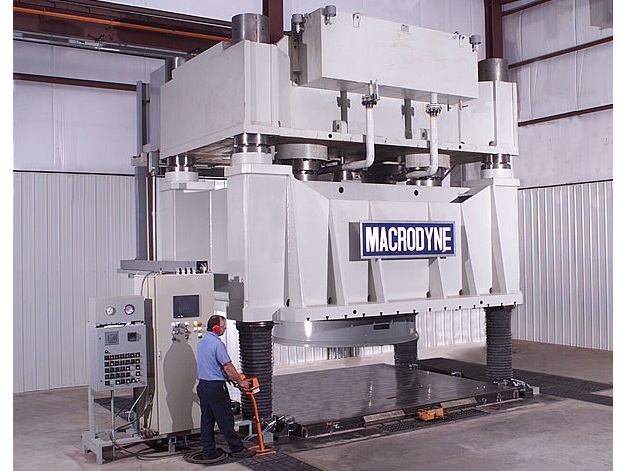
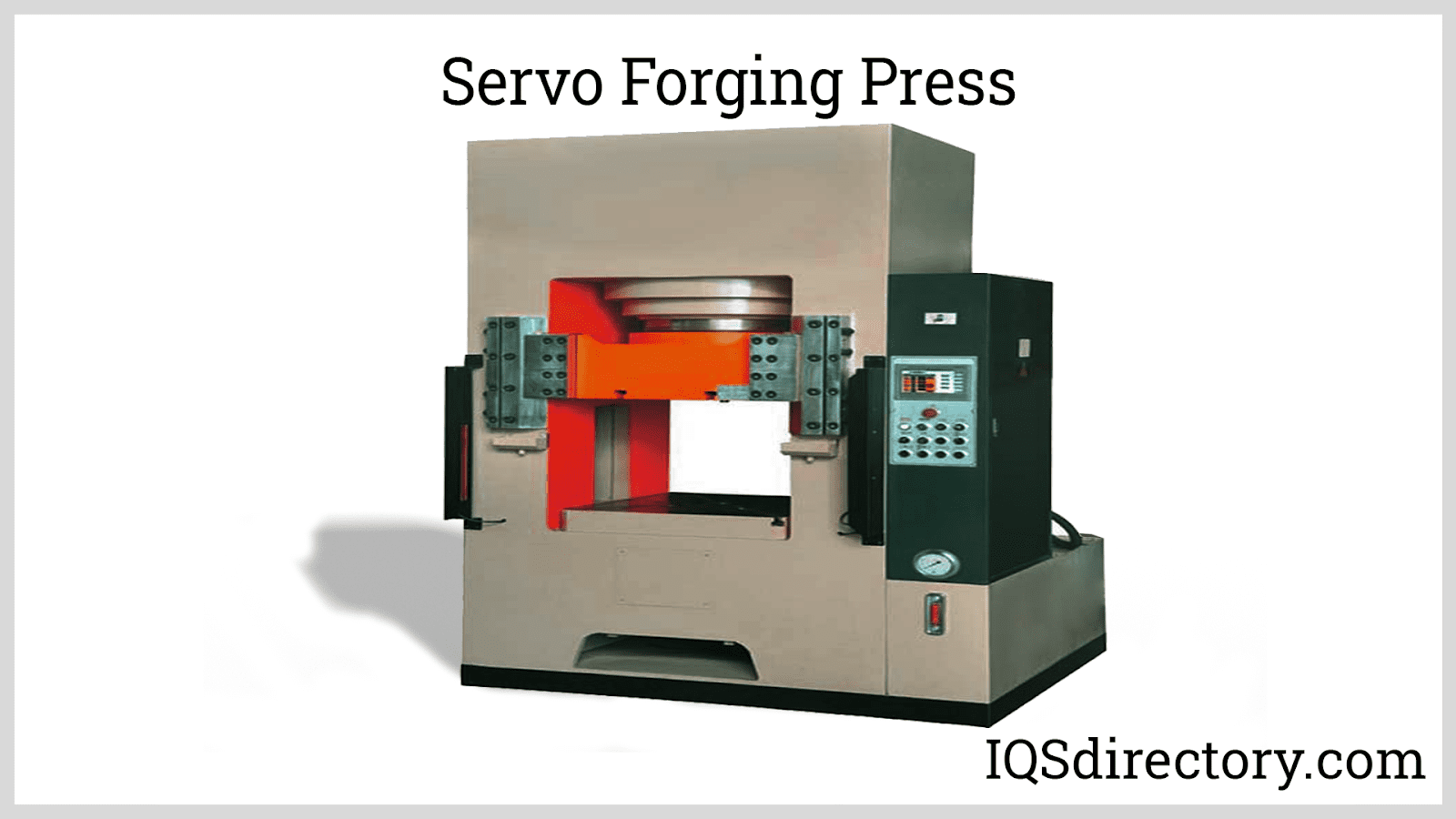
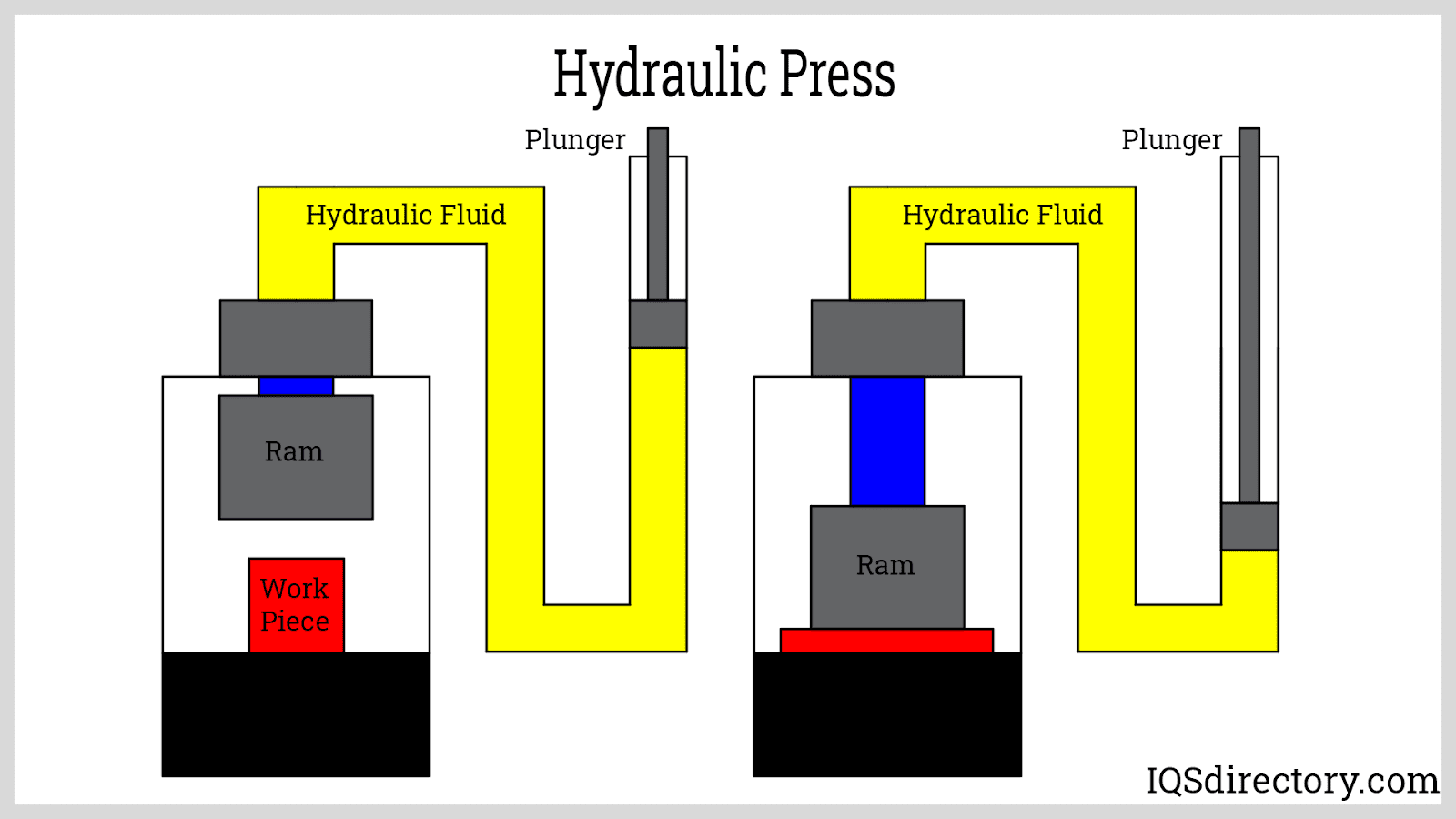
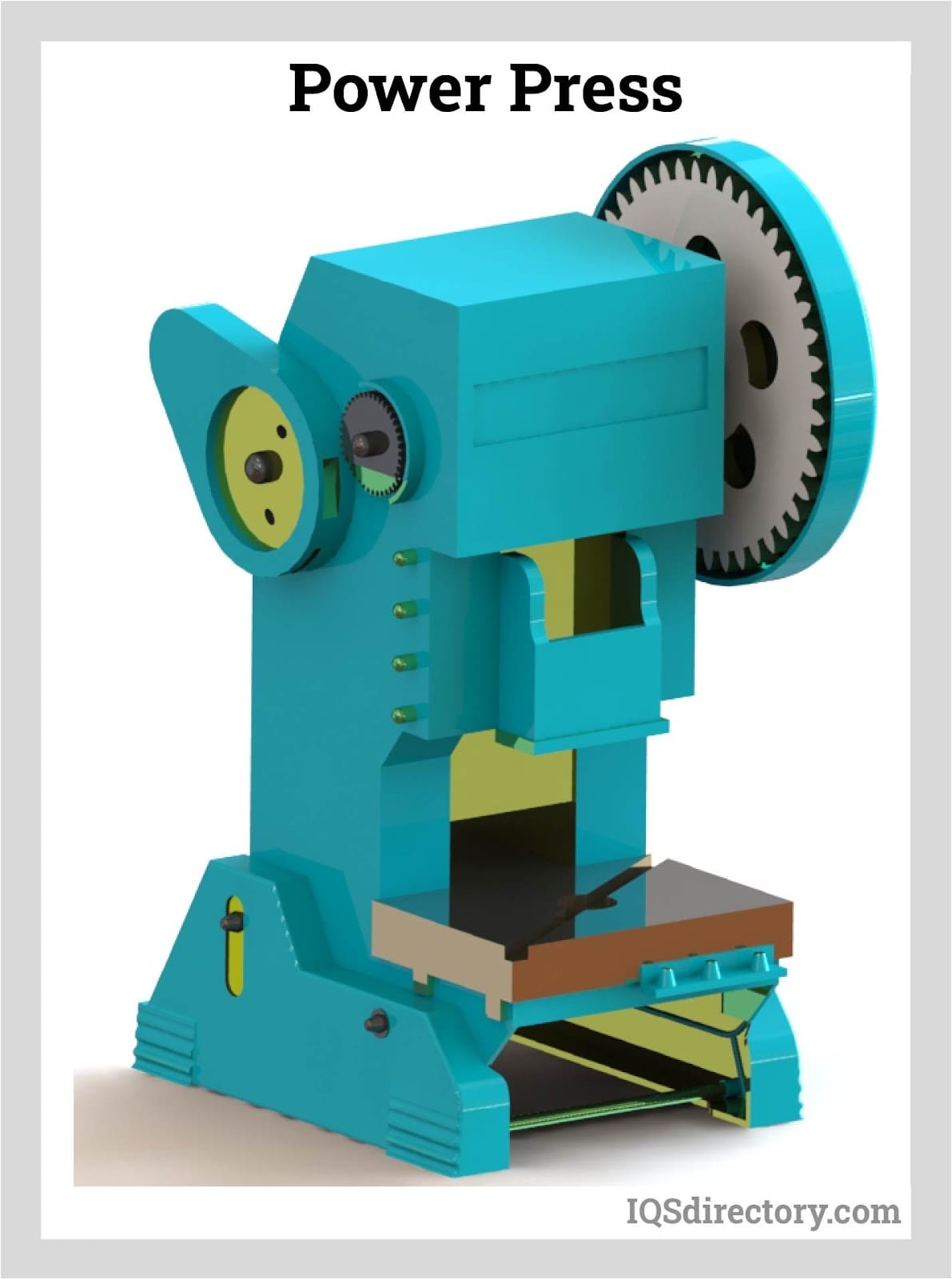
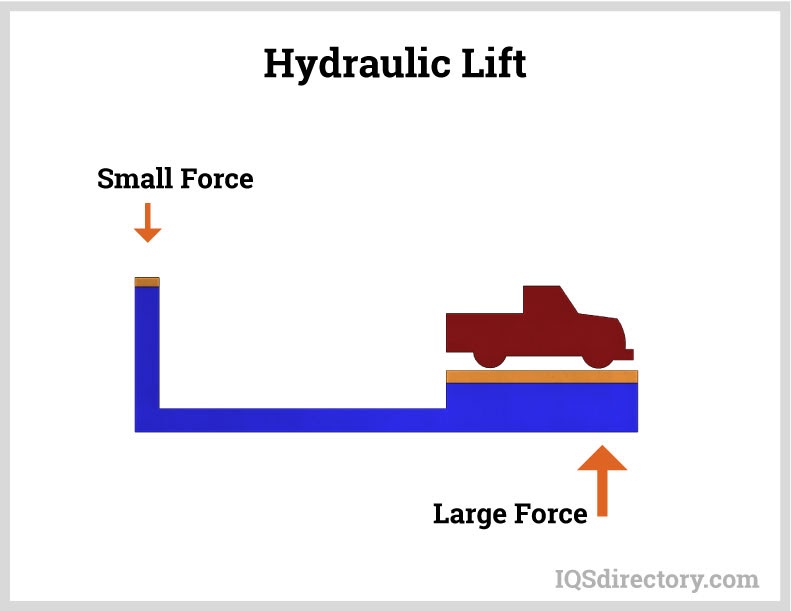
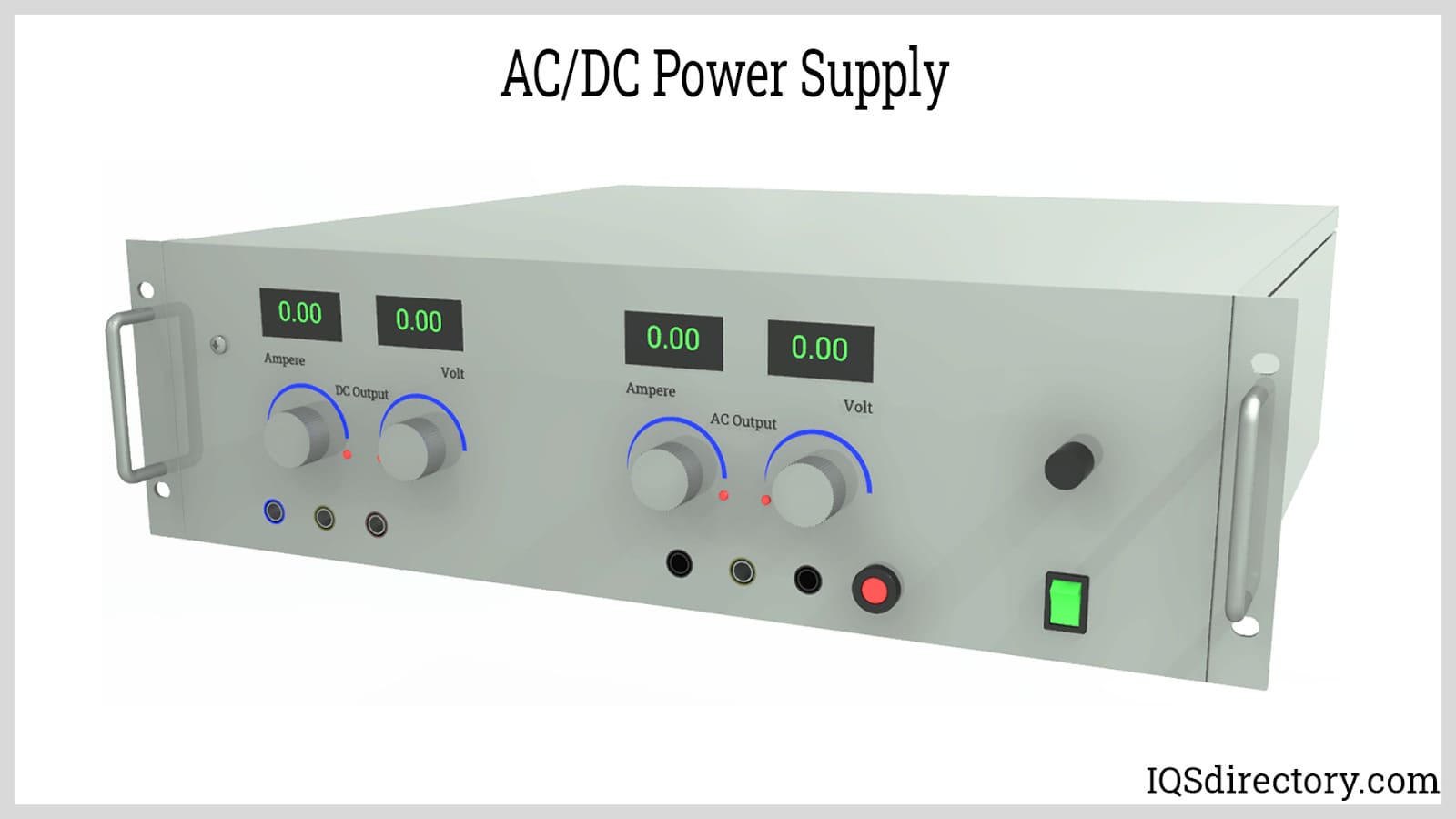
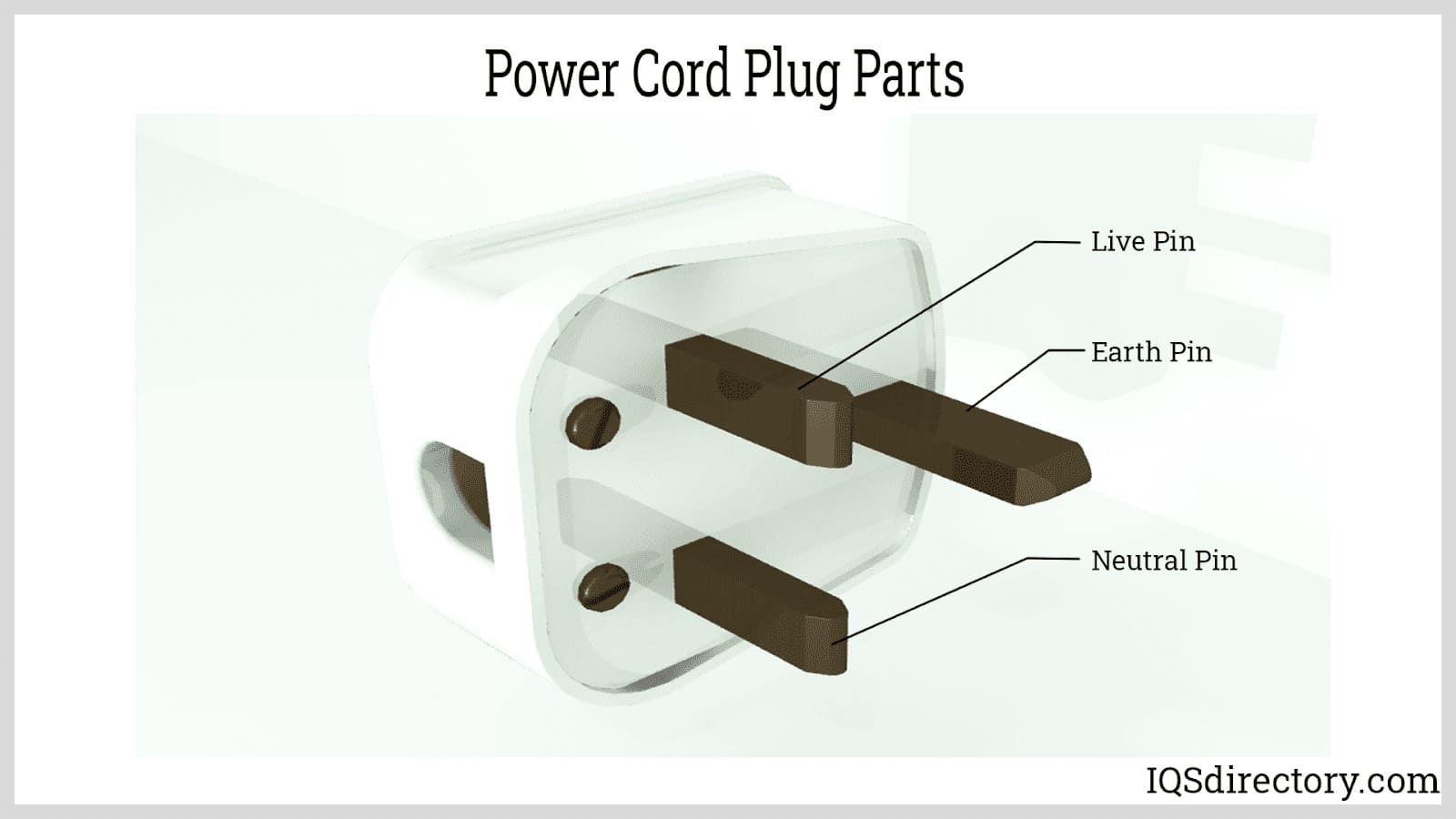

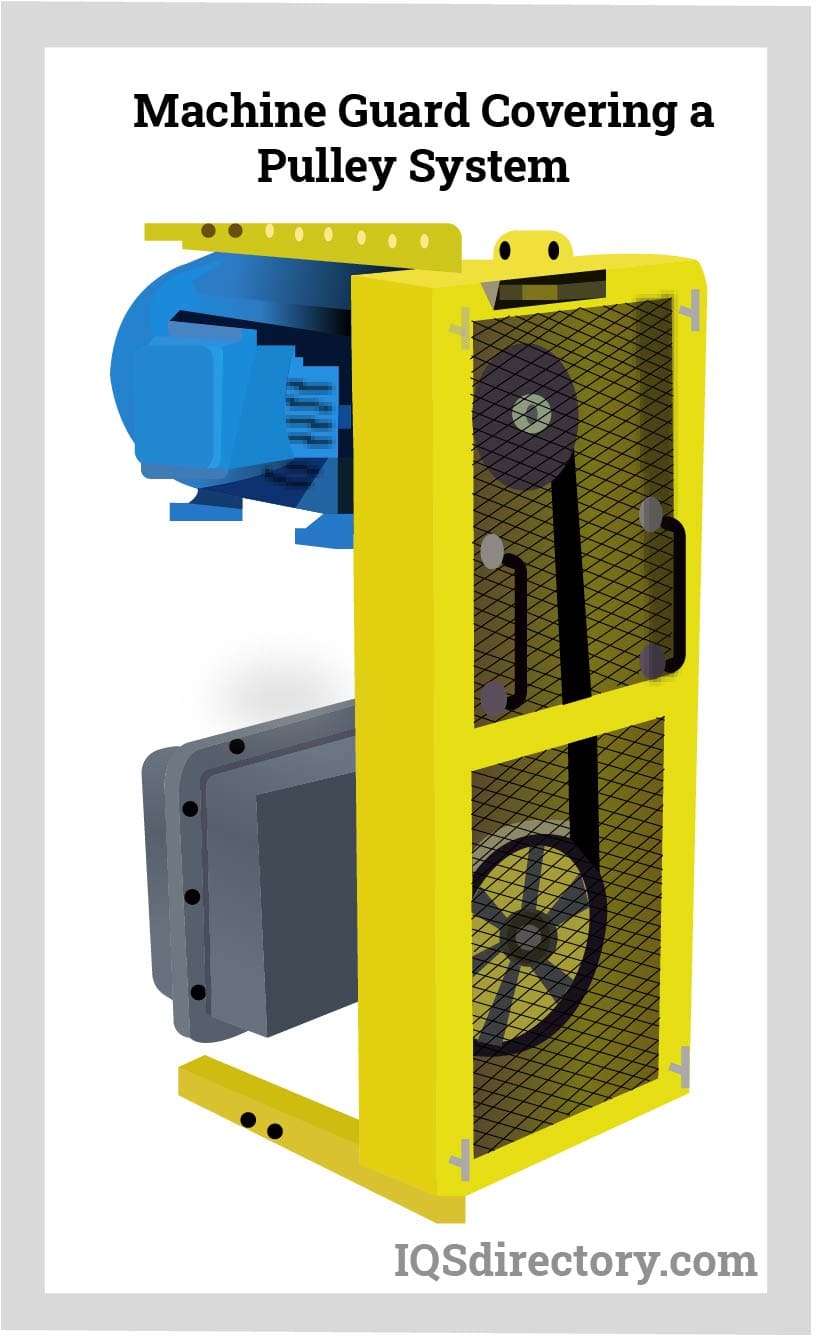
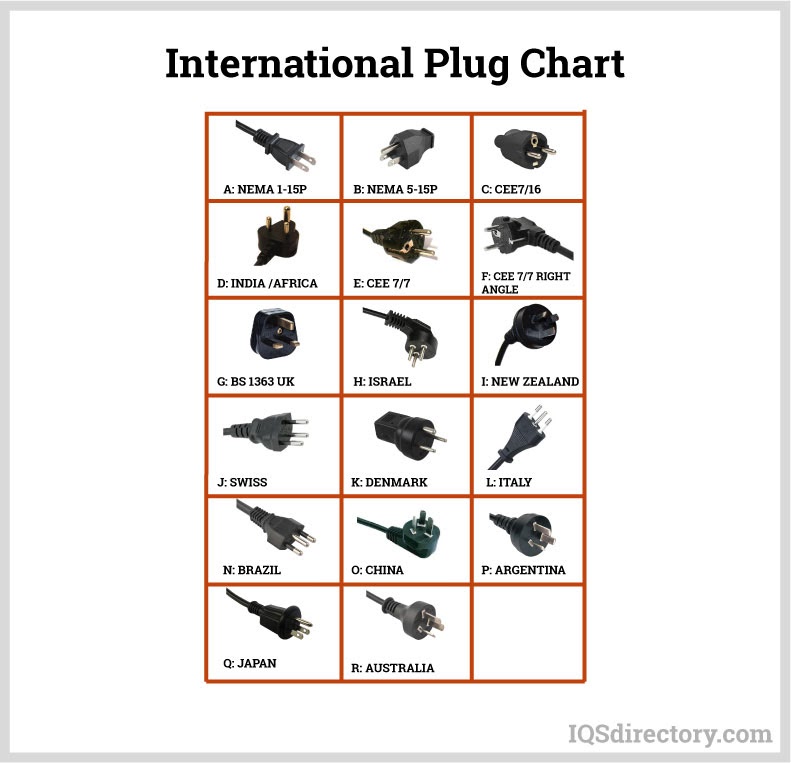
 Automation Equipment
Automation Equipment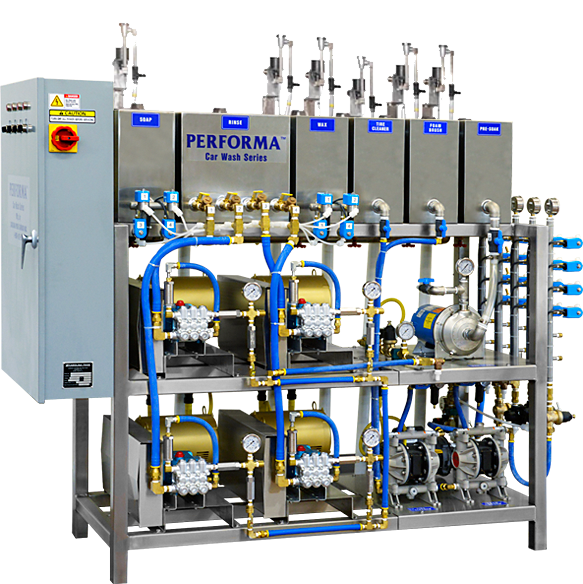 Car Wash Equipment
Car Wash Equipment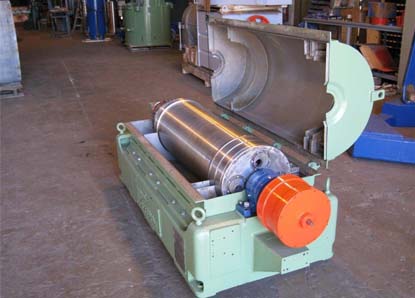 Centrifuges
Centrifuges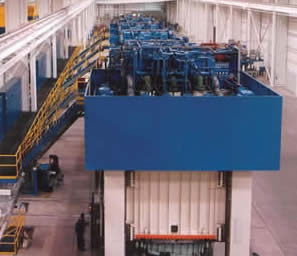 Hydraulic Presses
Hydraulic Presses Lasers
Lasers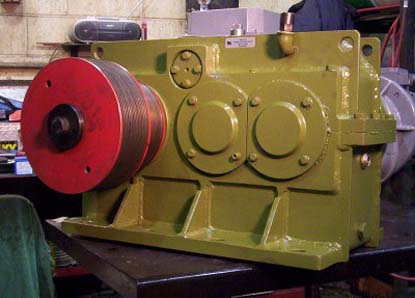 Machinery Rebuilders
Machinery Rebuilders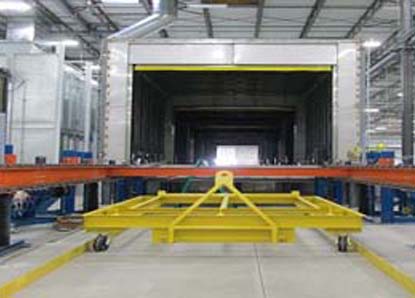 Paint Finishing Equipment
Paint Finishing Equipment Tube Forming Machines
Tube Forming Machines Castings & Forgings
Castings & Forgings Bulk Material Handling
Bulk Material Handling Electrical & Electronic Components
Electrical & Electronic Components Flow Instrumentation
Flow Instrumentation Hardware
Hardware Material Handling Equipment
Material Handling Equipment Metal Cutting Services
Metal Cutting Services Metal Forming Services
Metal Forming Services Metal Suppliers
Metal Suppliers Motion Control Products
Motion Control Products Plant & Facility Equipment
Plant & Facility Equipment Plant & Facility Supplies
Plant & Facility Supplies Plastic Molding Processes
Plastic Molding Processes Pumps & Valves
Pumps & Valves Recycling Equipment
Recycling Equipment Rubber Products & Services
Rubber Products & Services